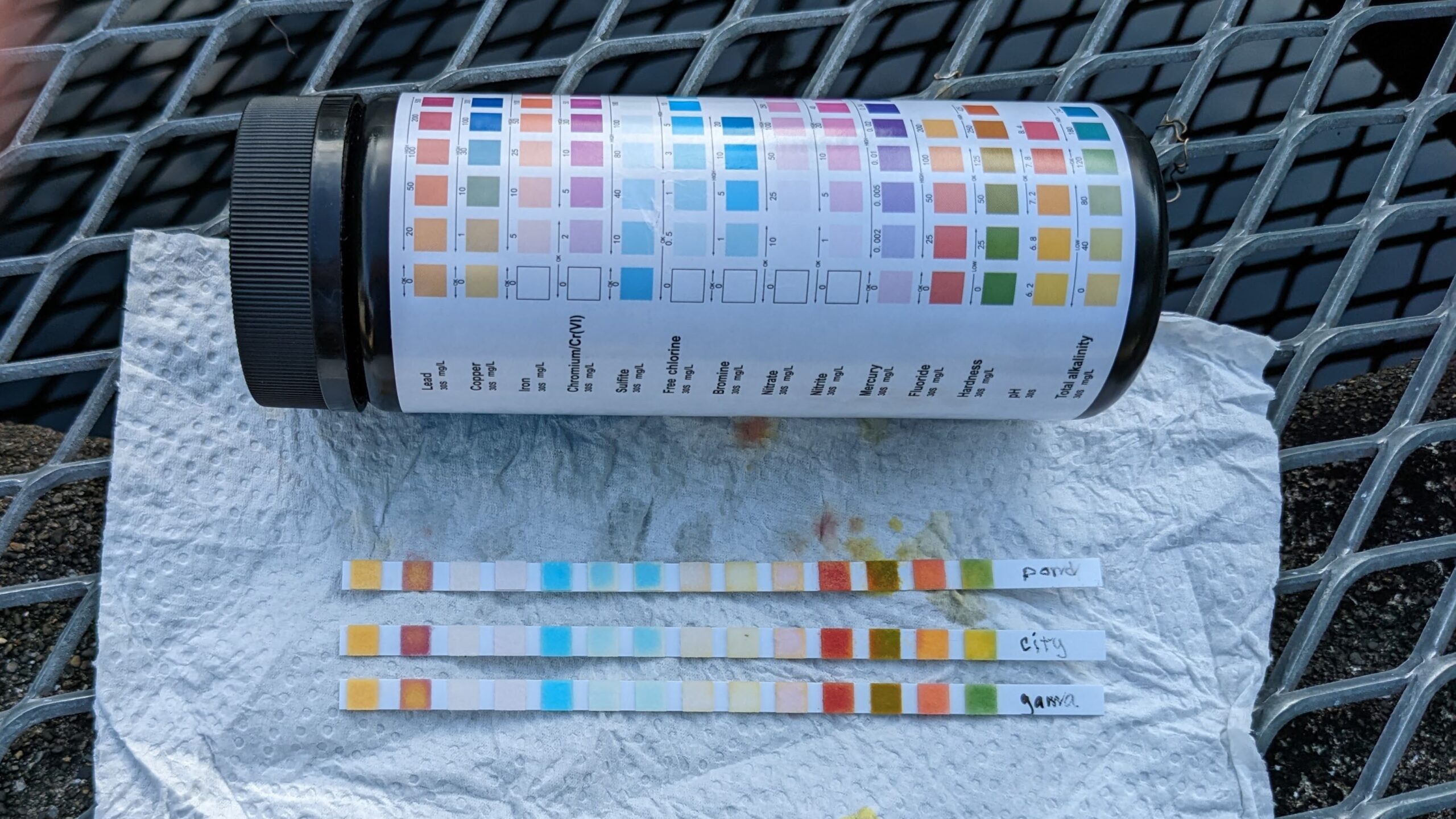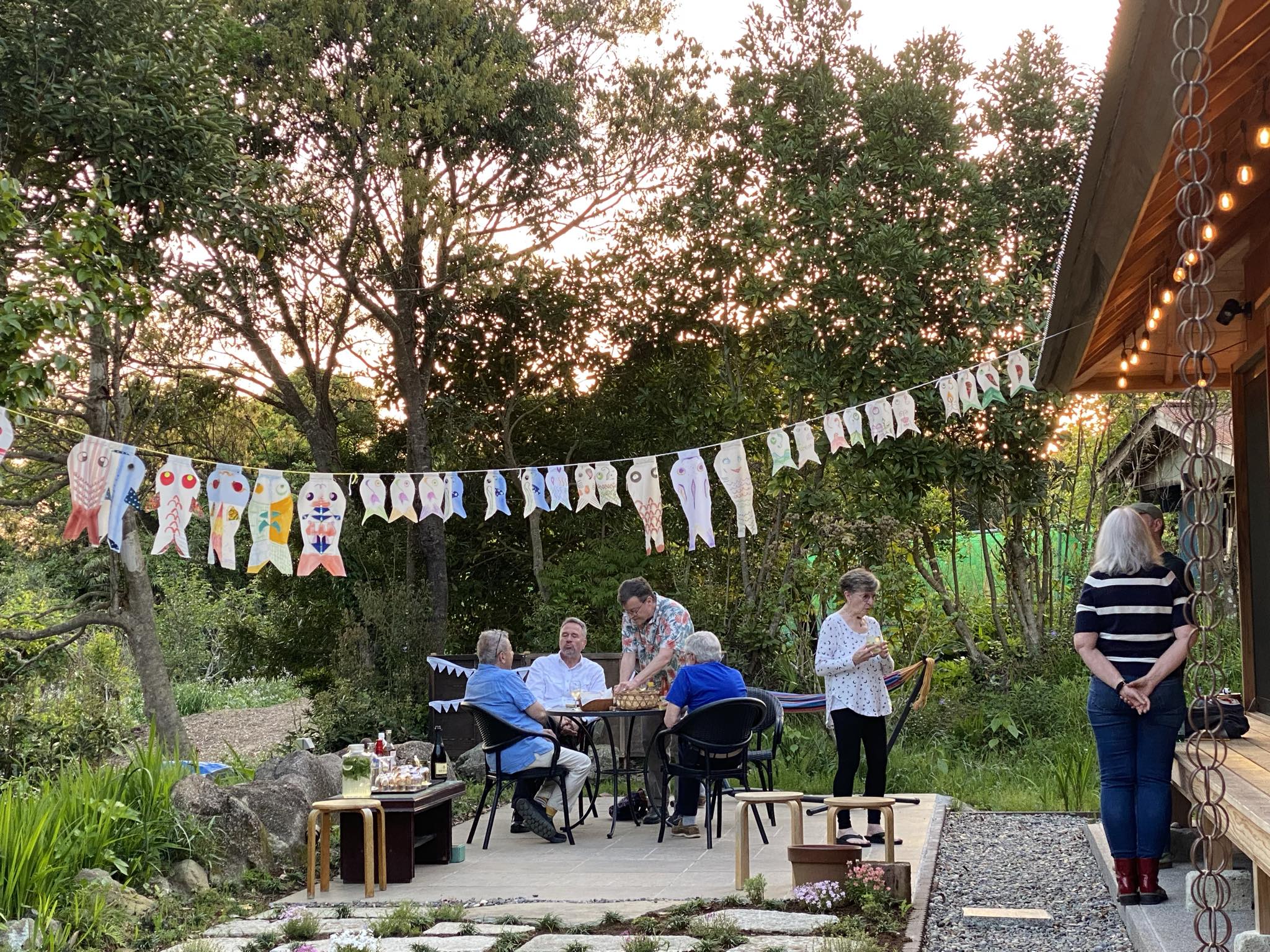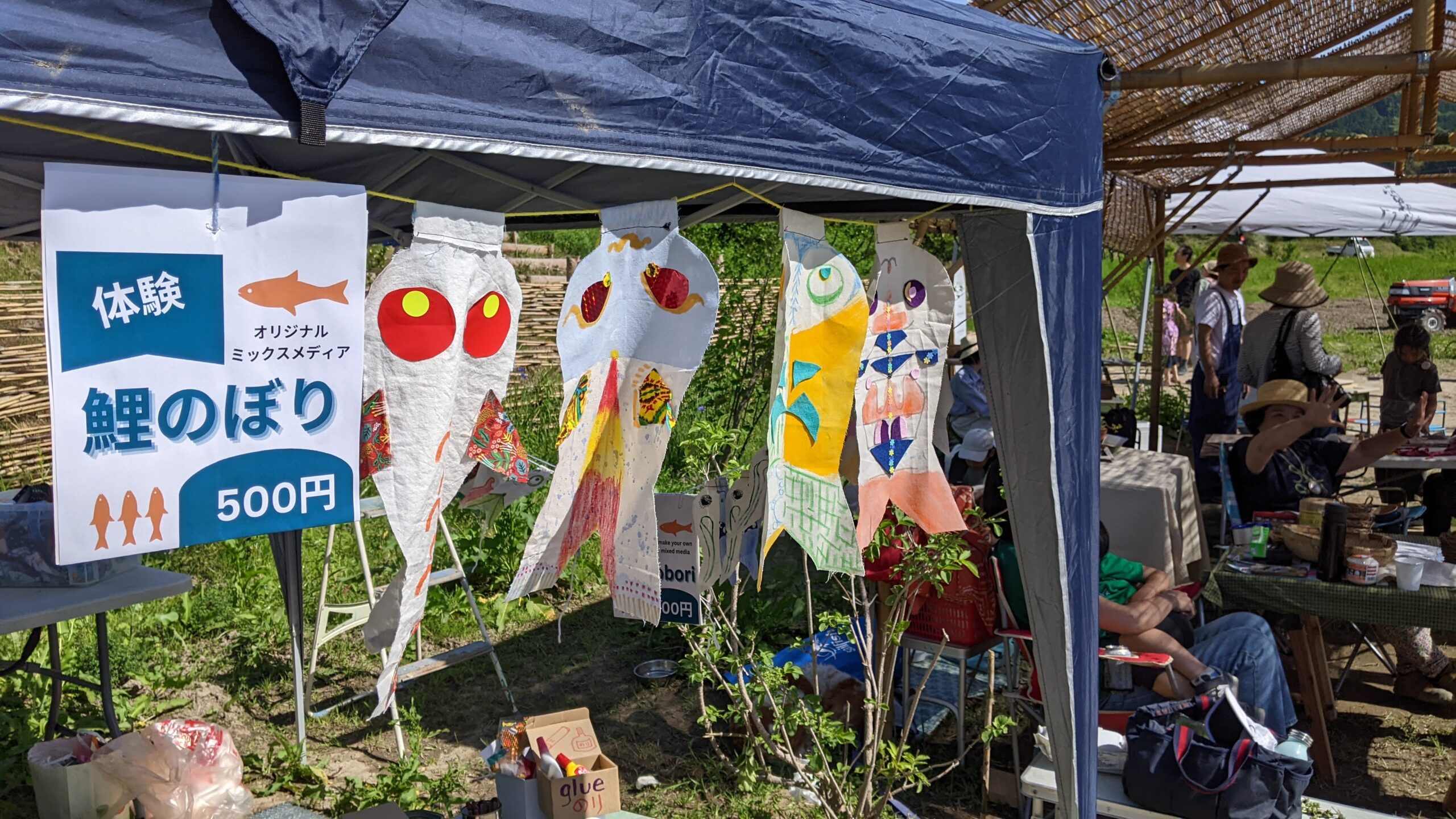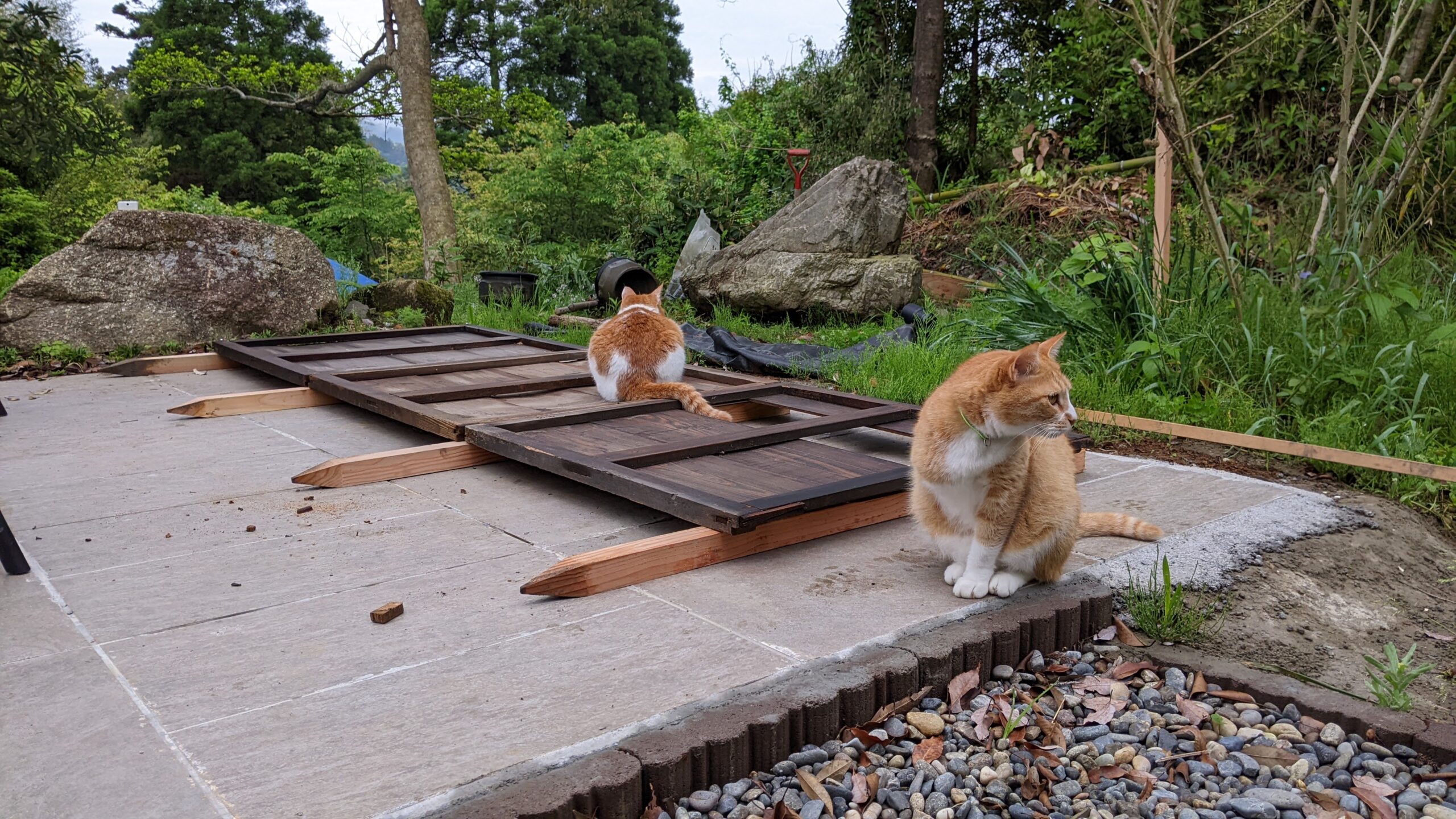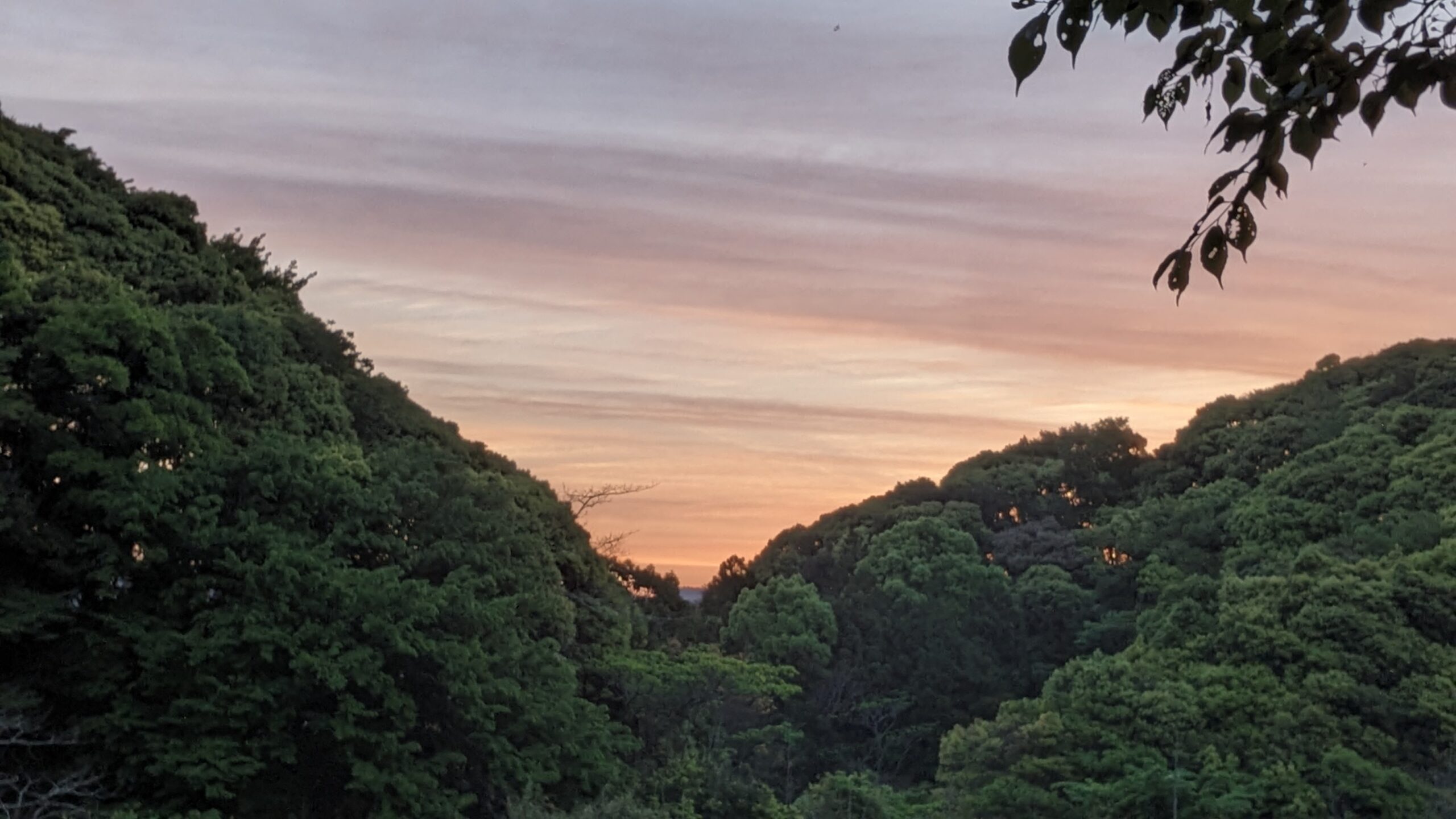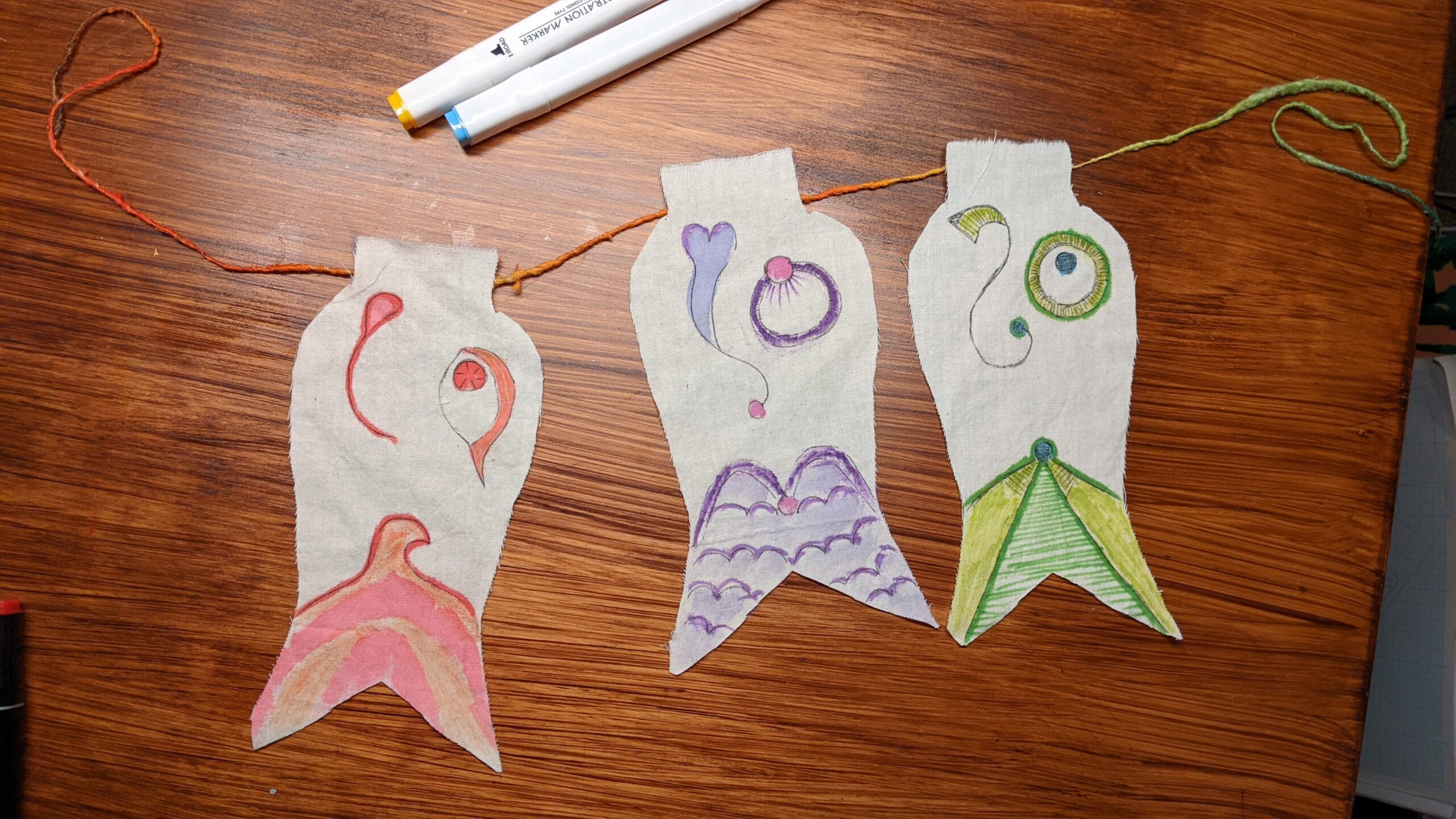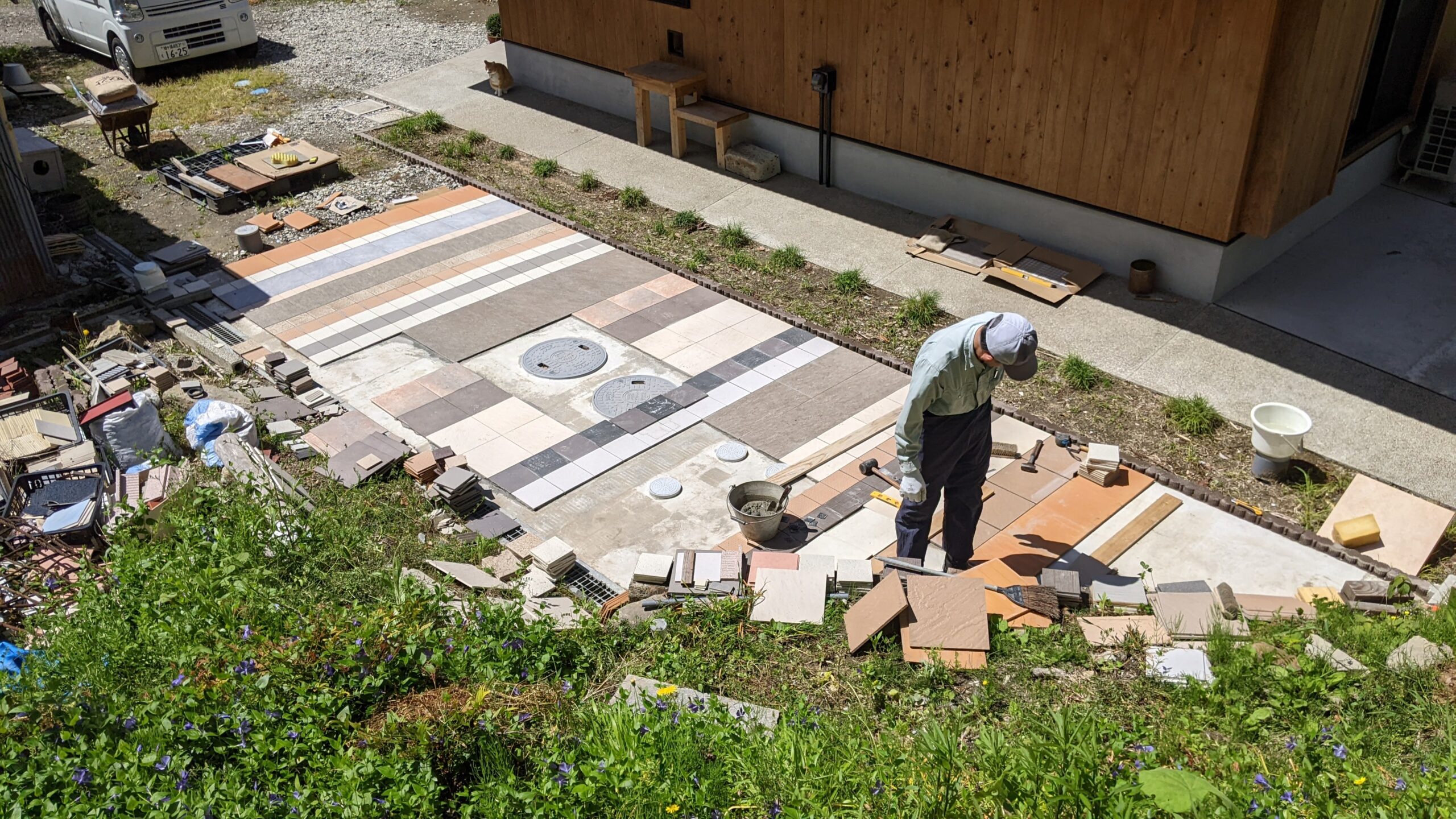The Kawasakis warned me not to drink the yamamizu, mountain water, that we have on tap at 555.
It comes from the mountain to the east, piped in somehow that no one can actually explain to me, but that I will be responsible for eventually. There are networks of pipes all over these mountains, maintained by the local neighborhood groups. Some neighbors rely on mountain water as their main water source, but we have both yamamizu and city water at 555.
Being told I shouldn’t drink it, I wondered why. I suspect a historical reason (or as Trouble calls them, hysterical raisins), like someone in the 1950s drank the water and got poisoned by agricultural chemicals. But maybe there is a measurable scientific explanation even today.
I bought a set of 14-in-1 test strips to check for heavy metals and the other basics. Left to right across the strip, the reagents measure lead, copper, iron, chromium, sulfite, chlorine, bromine, nitrate, nitrite, mercury, fluoride, hardness, pH, and alkalinity.

Results: our water is on the hard side, both from natural and city sources. There seems to be some copper in the city water. City water has a lower pH (slightly acid) and lower alkalinity than the mountain water and pond. Otherwise, all three samples are free of problems.
Now this strip doesn’t test for bacteria, amoeba, agricultural chemicals, or other things might will do you in, so I’m not going to drink the mountain water until I get around to testing the biologicals. However, I will feel less concerned if I accidentally splash some into my mouth while cleaning up at the tap.
